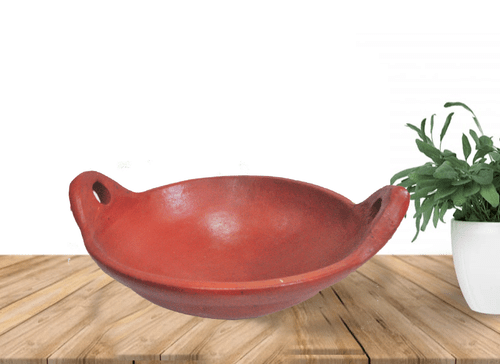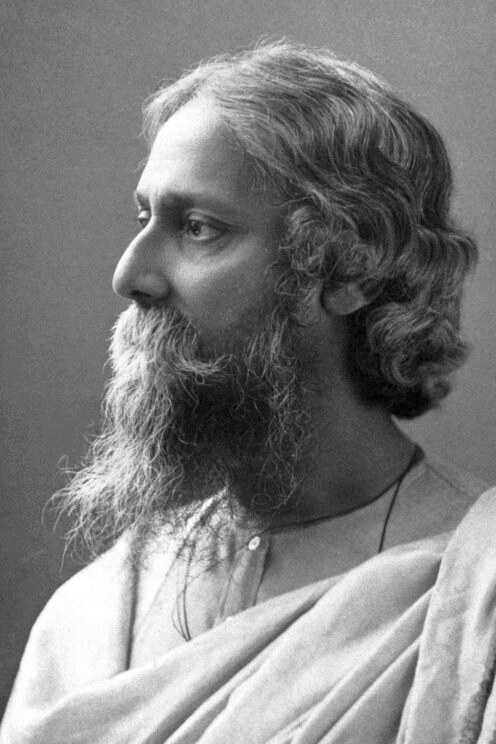Class 6 Civics Chapter 1 Question Answers - Understanding Diversity
Q1. When the teacher asks the students to draw human figures with their living style, why do they emerge out to be different?
Ans: Our drawings are different due to difference in our culture, customs, religion, language, rituals.
Q2. Story writers get their ideas from different places like books, real life, and from their own imagination. True/False
Ans: True.
Q3. Where did Sameer Do sell newspapers?
Ans: At Janpath crossing.

Q4. Who stayed in Meerut?
Ans: Mother of Sameer Do.
Q5. Can two people from different cultures or social status become friends?
Ans: Yes.
Q6. Which caste does Sameer Do belong to?
Ans: Muslim.
Q7. What does Sameer Ek do?
Ans: Goes to school.
Q8. What does Sameer Do do?
Ans: Sells newspaper.
Q9. Which caste does Sameer Ek belong to?
Ans: Hindu.
Q10. Name the tribal group who rear sheep and goat in Ladakh?
Ans: Changpas the tribals of Ladakh rear goat and sheep.
Q11. Name the British General who was responsible for the Jallianwala Bagh massacre.
Ans: General Dyer.
Q12. General Dyer ordered troops to open fire on the crowd without giving them any warning or any order to disperse. True/False
Ans: True.
Q13. Where is Ladakh situated?
Ans: Eastern part of Jammu and Kashmir.
Q14. What are the main components of the diet of the people of Ladakh?
Ans: The people eat meat and milk products like cheese and butter.
Q15. Name the two great mountain ranges that surround Ladakh.
Ans: Great Himalayas and the Karakoram.
Q16. How many official languages are recognized by the Constitution of India?
Ans: There are 22 official languages that are recognized by the Indian Constitution.
Q17. The other name of 'dzos’ is ______.
Ans: Yak-cows. Dzo
Dzo
Q18. List one specialty of Ladakh.
Ans: Pashmina wool.
Q19. Manufacturing and selling of Pashmina shawl is the main source of income for the people of Shimla. True/False
Ans: False.
Q20. The boat race is an important part of the ______ festival, which is celebrated in ______.
Ans: Onam, Kerala.
Q21. What do you mean by ‘Cheena-vala’?
Ans: Fishing net.
Q22. What is the similarity between Kerala and Ladakh?
Ans: Both regions were influenced by Chinese and Arab traders.
Q23. What do you mean by natural hazards?
Ans: Terrifying forces of nature.
Q24. Why did the Britishers think that they could divide Indians easily?
Ans: Diversity in culture and religion.
Q25. What is the meaning of “Cheenachatti”?
Ans: Frying pan.
 Cheenachatti
Cheenachatti
Q26. Kerala has ______ land, they produce best quality of ______.
Ans: Fertile, Rice.
Q27. What makes Kerala an attractive place for traders?
Ans: Spices.
Q28. Name the most common Ladakhi dress.
Ans: Goucha.
Q29. St.Thomas, the Apostle found ______ Churches in Kerala.
Ans: Seven.
Q30. India’s diversity has been counted as a source of its strength when the British ruled India. True/False
Ans: True.
Q31. Ladakhi women wear an attractive headgear called ______.
Ans: Perak.
Q32. Name the language in which the rich and old traditional songs and poems of Ladakh were translated.
Ans: Tibetan language.
Q33. Where are Pashmina shawls woven?
Ans: Kashmir.
 Pashmina Shawl
Pashmina Shawl
Q34. How do historical and geographical factors influence the diversity of a region?
Ans: The geography and history affect the occupation, crops, food habits, and clothes of a region.
Q35. What is the meaning of ‘incredible India?
Ans: Too extraordinary and improbable to be believed making incredible claims.
Q36. What do you mean by ‘Communal Riots’?
Ans: Violence between two groups of people belonging to different races or religions.
Q37. When was Islam introduced in Ladakh?
Ans: Four hundred years ago.
Q38. How does the climate of Ladakh affect the growth of crops?
Ans: Crops do not grow because of the lack of rainfall.
Q39. Why Ladakh is called ‘Little Tibet'?
Ans: Buddhism was spread to Tibet through Ladakh.
Q40. Name the city where the Jallianwala Bagh massacre occurred.
Ans: Amritsar.
Q41. Who wrote the book ‘The Discovery of India’?
Ans: Pandit Jawaharlal Nehru.
 Pandit Jawaharlal Nehru
Pandit Jawaharlal Nehru
Q42. Name the book in which Pandit Jawaharlal Nehru explained the history of India starting from the Indus Valley Civilization till British rule in India.
Ans: “The Discovery of India”.
Q43. Name the spices that are grown in the Kerala region.
Ans: Pepper, Cloves, and Cardamoms.
Q44. The name of the Tibetan national epic is the ______.
Ans: Kesar Saga.
Q45. Who composed the Indian National Anthem?
Ans: Rabindranath Tagore. Rabindranath Tagore
Rabindranath Tagore
Q46. Which region produces Pashmina Wool
Ans: Ladakh.
Q47. Name the place which was known as the spice capital of the world in the past.
Ans: Kerala.
Q48. When was the song “Don’t forget the days of Blood, O Man”
Ans: After Jallianwala Bagh Massacre.
 Jallianwala Bagh Massacre
Jallianwala Bagh Massacre
Q49. Who discovered the sea route to India?
Ans: Vasco Da Gama, the Portuguese explorer discovered the sea route to India in the year 1498 A.D.
Q50. Who brought Christianity to India?
Ans: St. Thomas, in nearly 2000 years ago.
FAQs on Class 6 Civics Chapter 1 Question Answers - Understanding Diversity
| 1. What is diversity? |  |
| 2. Why is diversity important in society? |  |
| 3. How can we promote diversity in the workplace? |  |
| 4. What are the benefits of diversity in education? |  |
| 5. How can individuals contribute to fostering diversity and inclusion? |  |






















